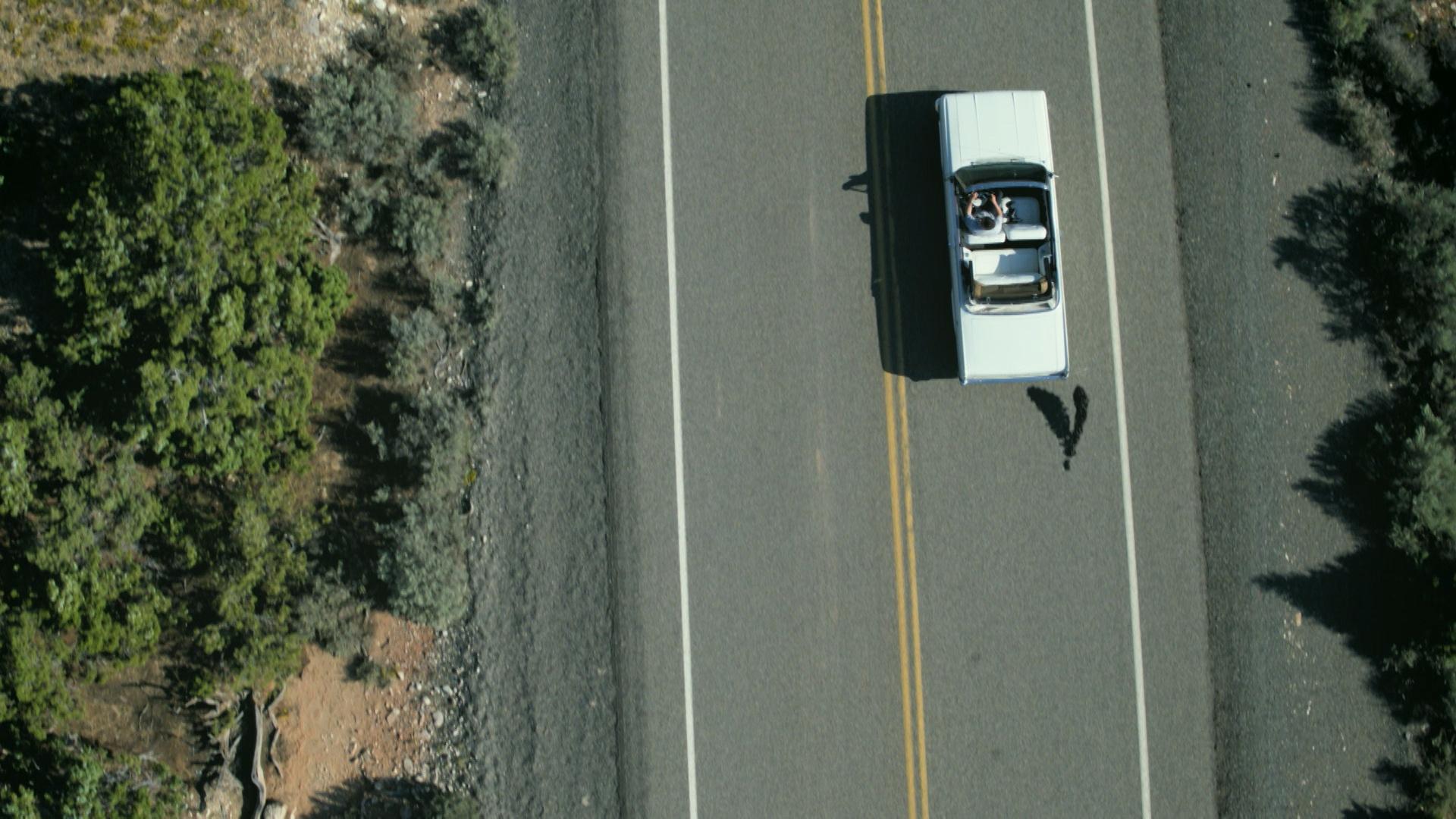Hey, I just had a thought for power generation at sea. How about a weighted turbine that spins on its way down. When it gets to a set depth (the end of its power cable), the magnesium capsule gets wet, fills a chamber with gas and floats it back to the surface to start all over again. Spinning both ways and providing a quick charge when becalmed.
-Will (Dragonfly)
Interesting idea. I don’t know how much energy you’d really be able to generate though, depending on the size of the device. Something like an inflatable PFD provides about 20 pounds of buoyancy. You’d need the device to sink before inflation, so figure you have 10 pounds of negative buoyancy down, and 10 pounds positive buoyancy coming back up.
So let’s generously say you have 10 kilograms of positive/negative buoyancy, and a tether that gives you a depth of 300 meters to work with. That would mean your potential energy of sinking is about 30,000 joules, which is 8 watt hours. Plus another 8 watt hours for surfacing. 16 watt hours in a 12V battery bank is about 1.3 amp hours, so hardly anything. That also assumes no losses to water resistance, and that you have a perfectly efficient energy conversion.
A much larger gas canister than the one in an inflatable lifejacket would help, but then you’re going to have a really big air bladder to deal with and repack, and you’re going to need to carry some heavy ballast and gas canisters with you while you sail.






